Canadian Pacific Railway then and now – Greg McDonnell edition
An article by Chris & Connie.
This railway themed then and now takes us to the East Kootenays of BC. For the first shot we’ve been allowed use of an old photo showing a Canadian Pacific Railway train back in the 1970s. Our goal, find that same spot and shoot something similar, chronicling what’s changed at the scene in the in years since, and what’s not.
The original image comes compliments of noted railway photographer Greg McDonnell (and is under his copyright). A big thanks Greg for allowing us to include it in this post. His shot was taken in June 1974, ours, in late October 2015, mere days ago.
There’s not been a great deal of change between the two eras. The track is pretty much as it was, the mountains in back, ditto, the trees, the haze, it’s all pretty much the same. A few small details are gone now, the telegraph lines for example. Sure there is lots of water in the old picture. The nearby Kootenay River (in behind, at the base of that low ridge) was in flood stage back when Greg was here but on our visit things were much drier. The waters rises and falls with the seasons but in that old photo they’re unusually high.
We hoped to include a train in our shot, you know, to help make the comparison more dramatic, but had no luck. We just missed a couple freights by minutes, then waited for hours and hours for another to make the scene, but all that passed was a lowly hi-rail maintenance truck. No satisfaction for us today! Oh well, we bring a good book to read, enjoyed lively conversation, and sipped wine to help pass the time. How can that be bad?
The train seen in the then photo, according to Greg’s notes, was a detour freight, rerouted due to a nearby washout. Instead of heading east to the Crowsnest Pass and beyond, it had to take circuitous loop heading north for a couple hundred clicks, then east, then back south again. The long way around.
Leading the mixed freight is two Canadian Locomotive Company, Kingston Ontario, Fairbanks Morse (USA) designed H16-44 locomotives, #8728 and #8555. In third position is a Montreal Locomotive Works model RS-18, #8760, built under license of the American Locomotive Company (or Alco) in the USA. They date from 1957, 1955 and 1958 respectively.
The first two units would both be retired about a year after the original photo was captured. The CPR was the last major railway to roster “FM” locomotives anywhere and this was a huge draw to railway buffs. The CPR was the only place to find ’em. Other railways had long since disposed of this make – they were orphans on most lines and not seen as terribly reliable. All on the CPR were based out of southeastern BC and southwestern Alberta. In mid-1975, every last one of them still serviceable were stricken off the roster. One week they were everywhere in the region, the next, none. In one fell swoop they were all gone.
The trailing unit would a rarity, but only in the west. Typically MLW locomotives of this type, hundreds of them of various models, stayed in Ontario, Quebec and points east. That it made it this far was quite odd. This engine manged to survive until recently, under the CPR’s ownership until around 1998 (after a good rebuilding some years earlier) and later as a lease unit. MLW engines were better received than that of rival CLC. Still, in the time of the diesel, General Motors (London Ontario) ruled the roost and did so well into the 1990s in Canada.
CLC was the country’s oldest locomotive firm going back to the 1850s. MLW dates from the early 1900s. In the steam era they were the second and largest such firms in Canada, accordingly. In the diesel era, they each dropped a position. CLC closed down the 1960s, MLW, the 1980s.
Today Canada has no locomotive firms, the last to close and largest firm in the diesel era, General Motors Diesel (GMD) shut down a few years back. Now all Canadian Locomotives are sourced from the US, EMD/Caterpillar and General Electric (mostly the latter).
The track here is the former Kootenay Central, built a century ago, now the CPR’s Windermere Subdivision. It’s mainly a conduit for Sparwood BC and area sourced coal heading to the coast for export. With that industry and general economy in the doldrums, heck the crapper, traffic is down. Recall, we sat for many hours, and normally in that time could have expected several trains to pass. We saw a truck!
As always, lining up our now photo was done in camera. That’s the way we do it, the only way we do it. By the way, we were not given the location of the photo outside a rough generality. We don’t like to be told that and make finding the exact spot part of the challenge.
Thanks again Greg McDonnell for use of the then photo. He’s sent us others which will hopefully be fodder for other series like this. If you have an old picture, yours or in the public domain, train themed or showing a street scene or something similar that you think would make a good basis for a BIGDoer.com then and now, email it to us. We’ll revisit the location seen to document what’s changed and post the results here. It’s what we LOVE to do.
More like this…
Canadian Pacific Railway then and now – Banff Park.
Canadian Pacific Railway then and now – Lethbridge Alberta.
Canadian Pacific Railway then and now – Downtown West End Calgary.
If you wish more information on what you’ve seen here, by all means contact us!
Date: October, 2015.
Location: Near Ft Steele BC.
Article references: CPR records, Canadian Trackside Guides, Book: Constructed in Kingston.
We shot from public land.
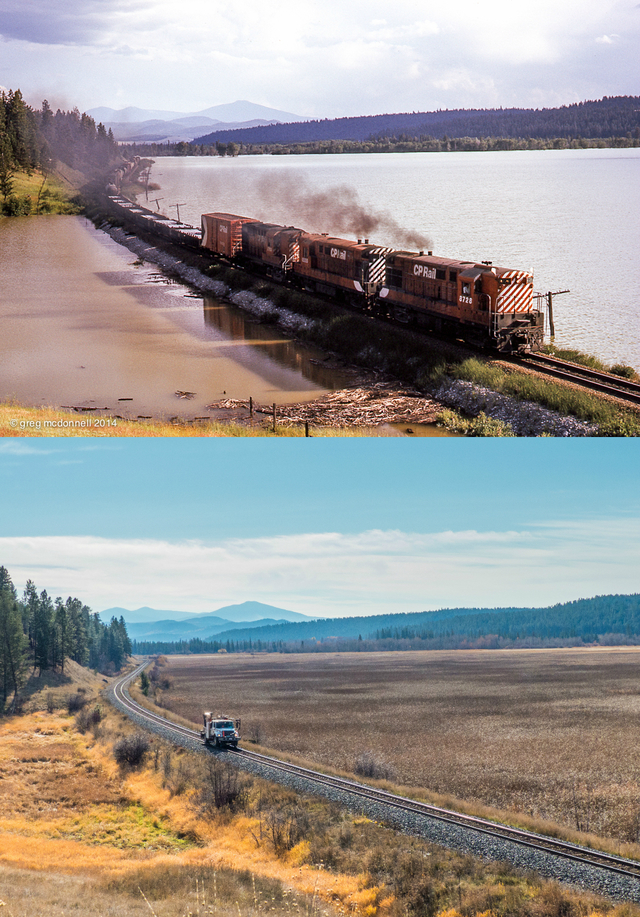
The CPR line near Ft Steele BC, 1974 and now. Original by Greg McDonnell (c).
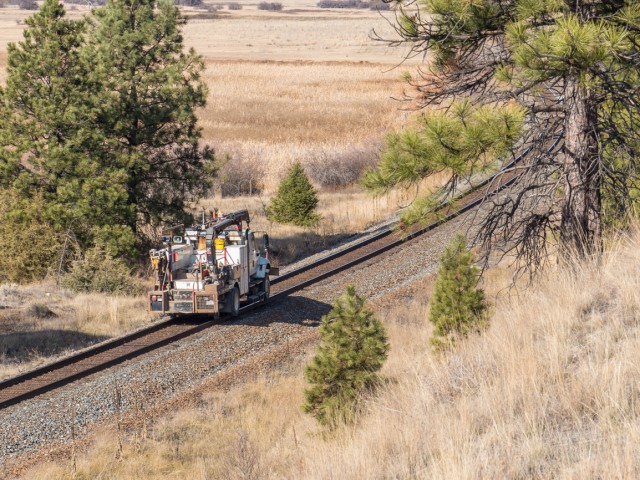
We waited hours for a train but this lowly hi-rail truck was all that showed.
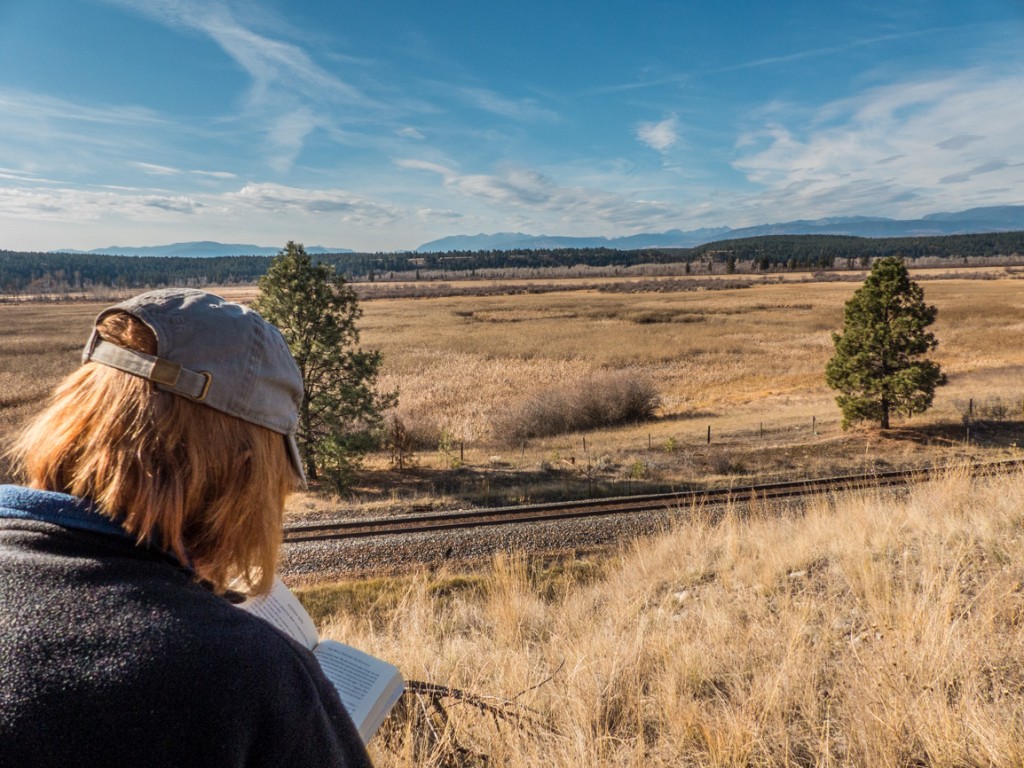
A good read during the “quieter” moments.

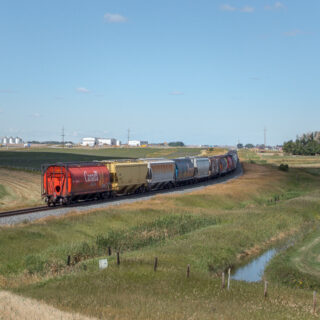
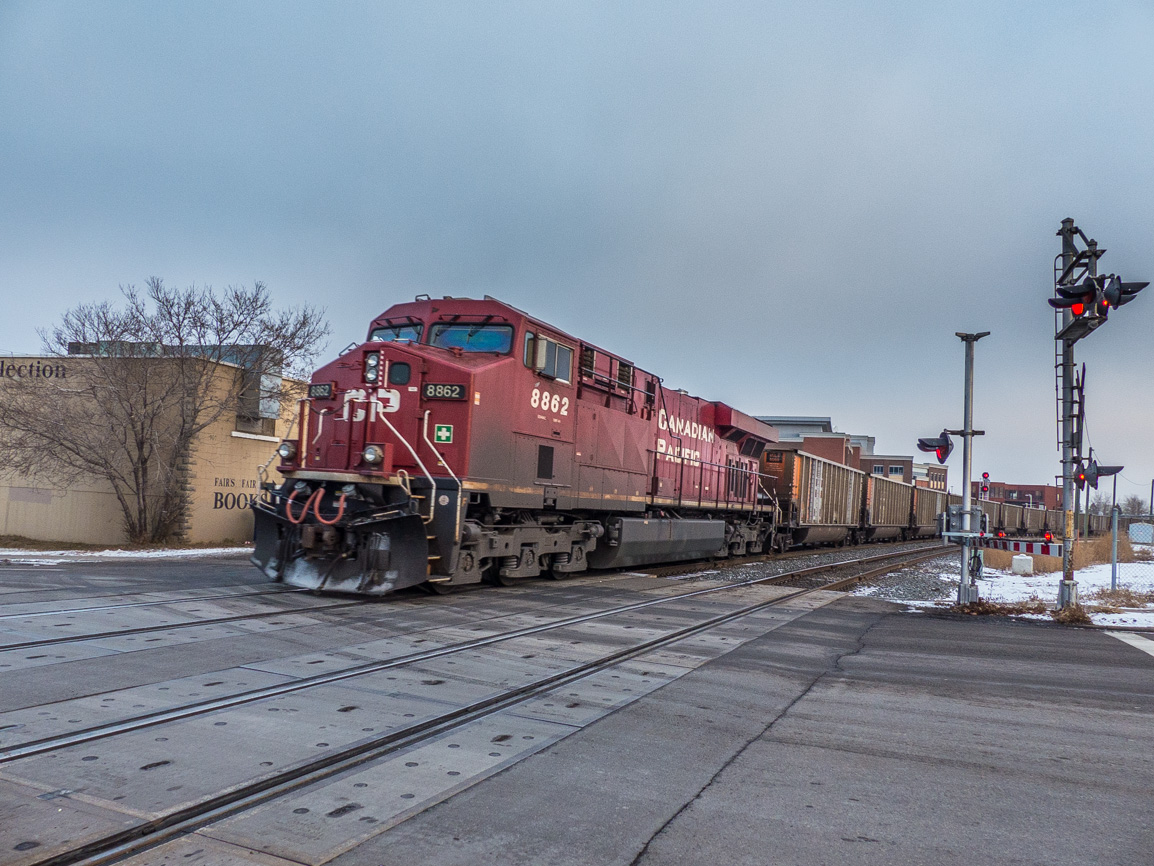
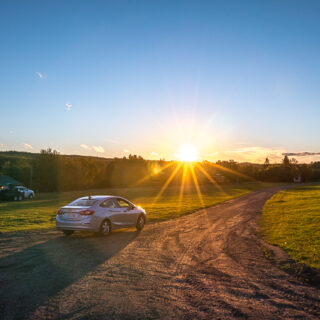
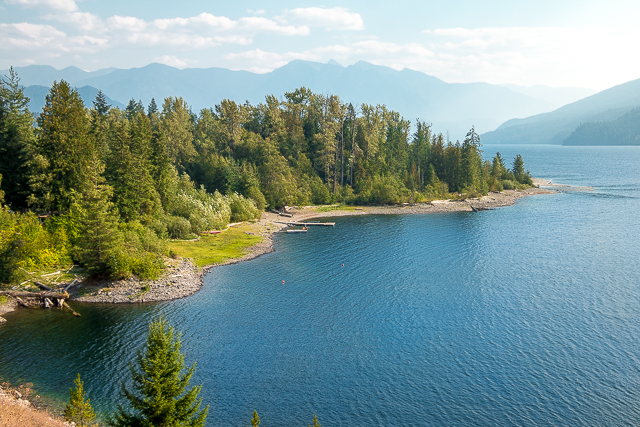
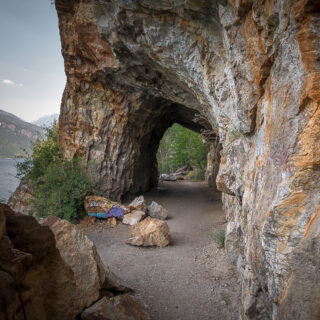
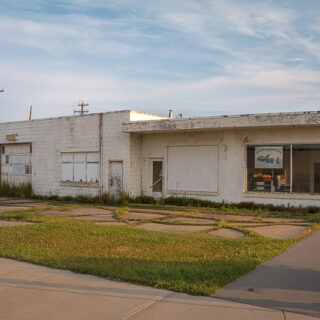
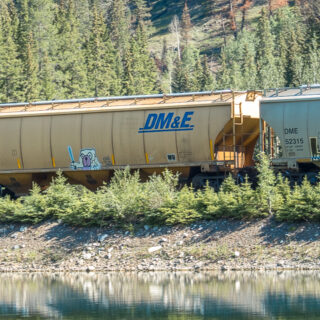
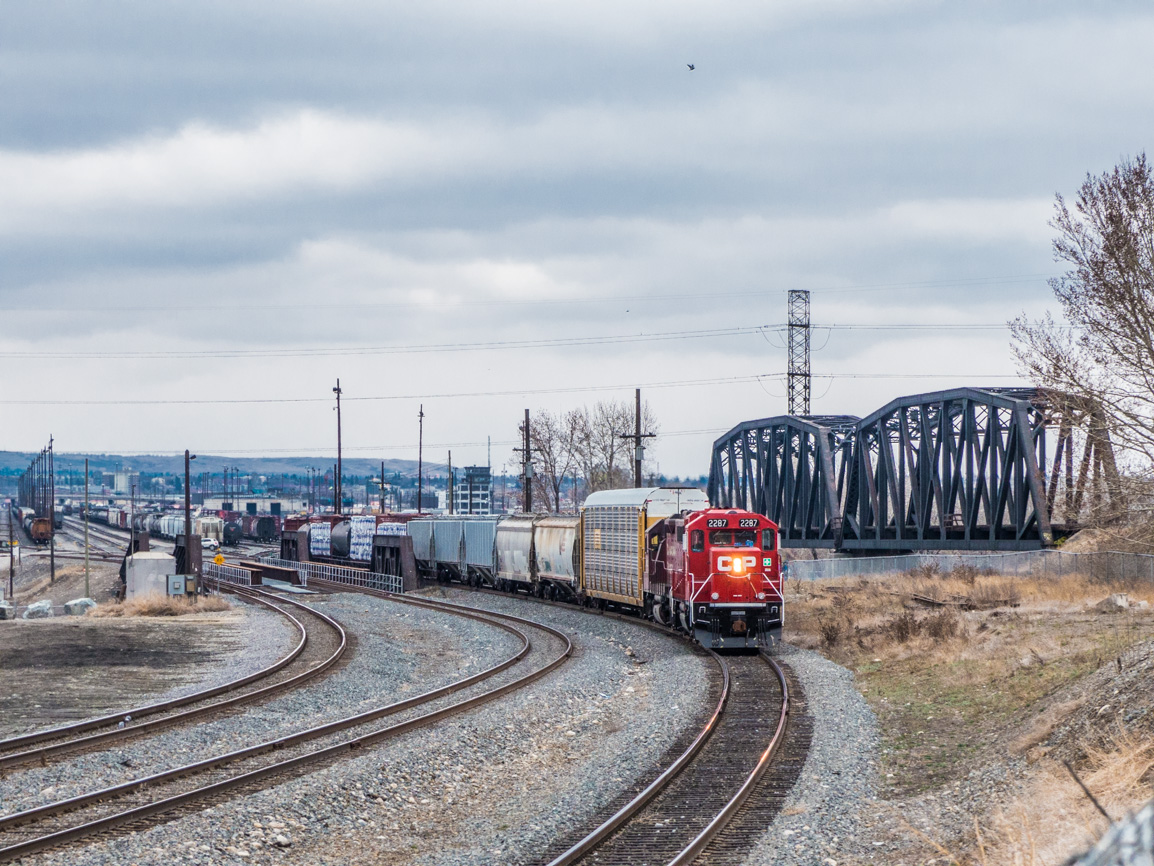
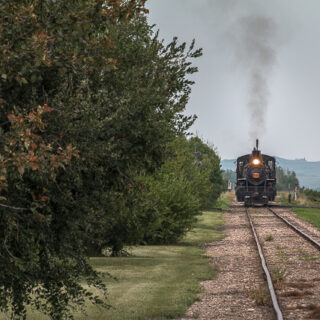
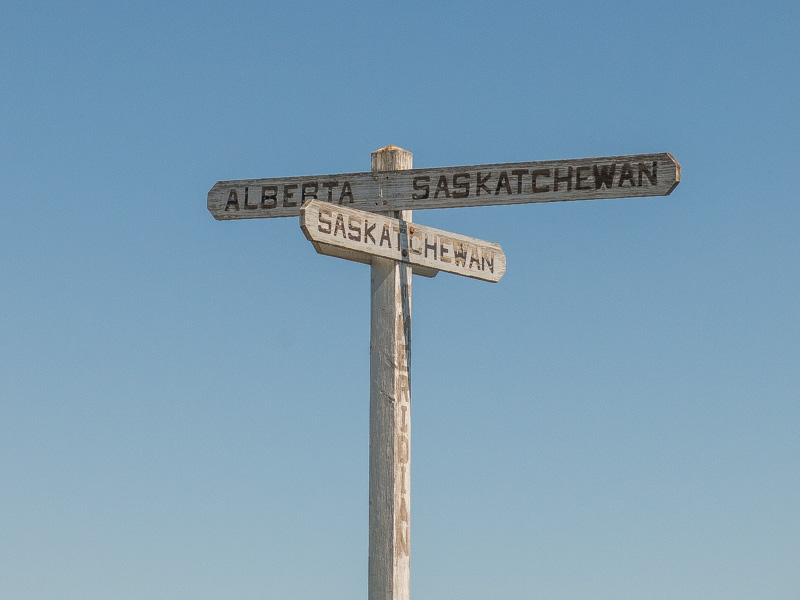
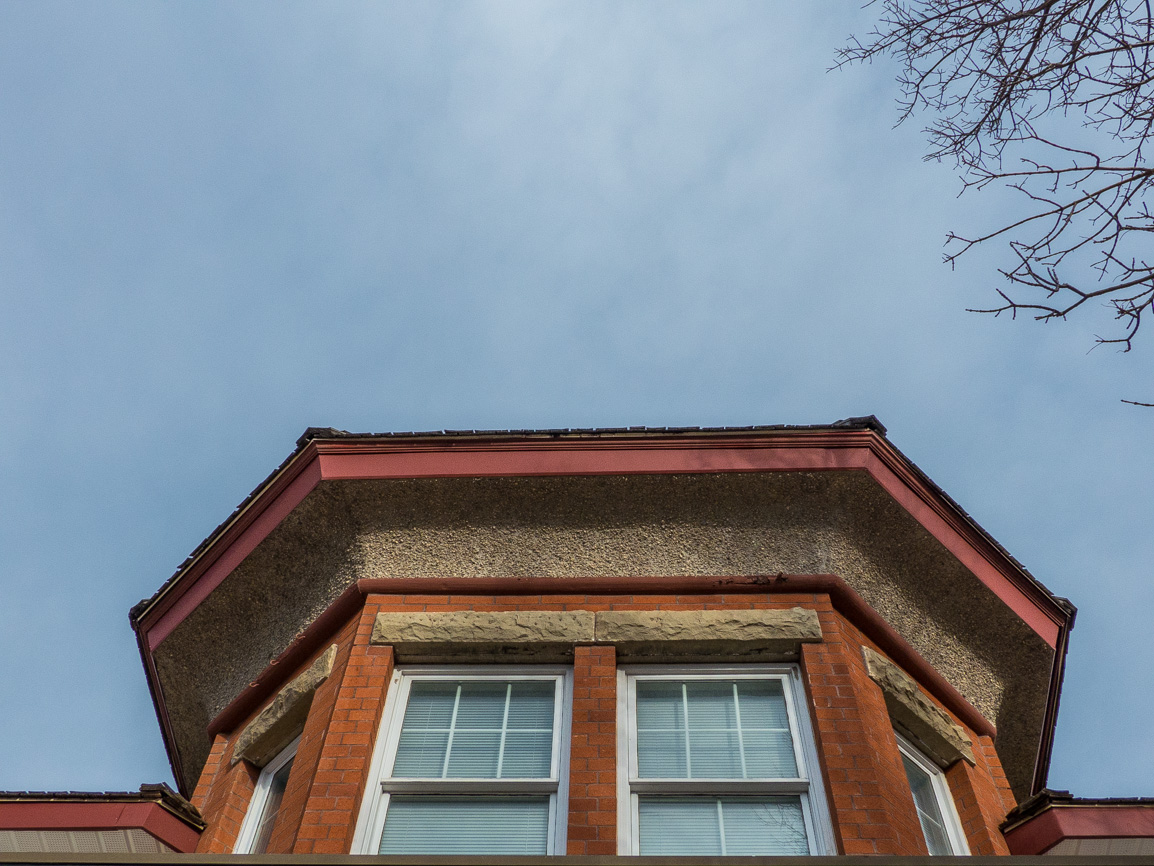
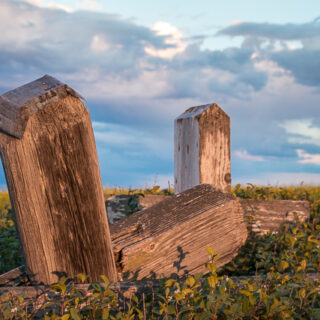
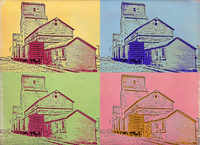






Dry season wet season, what’s that story?
Yes! Greg’s shot was done in spring with the river at full flood stage. The waterway runs in back by those hills but fills up the flood plain in front when it really gets to flowing. On our visit, levels were low. In fact we couldn’t even see the river back there.
Love the old FM locomotives!
Us too. If it pans out, we’ll be looking at a sister engine to those locomotives soon. It should be amazing!
Wow, an RS-18 3rd unit out.
Interesting.
Indeed, a rare beast out west!
Awesome photos!
Thanks, we so love doing these then and now pieces.
We waited hours… Lol!
Some reading material and wine and the wait is not so bad.
Where is the water?
The flood plain in back is sometimes dry, or sorta dry, or very, very wet depending on conditions. In the old picture, the waters were at flood or near flood stage.
(via Facebook)
Outstanding photos!
We have so much fun shooting these!